Home>Furniture & Design>Office Furniture>How To Stop An Office Chair From Rotating
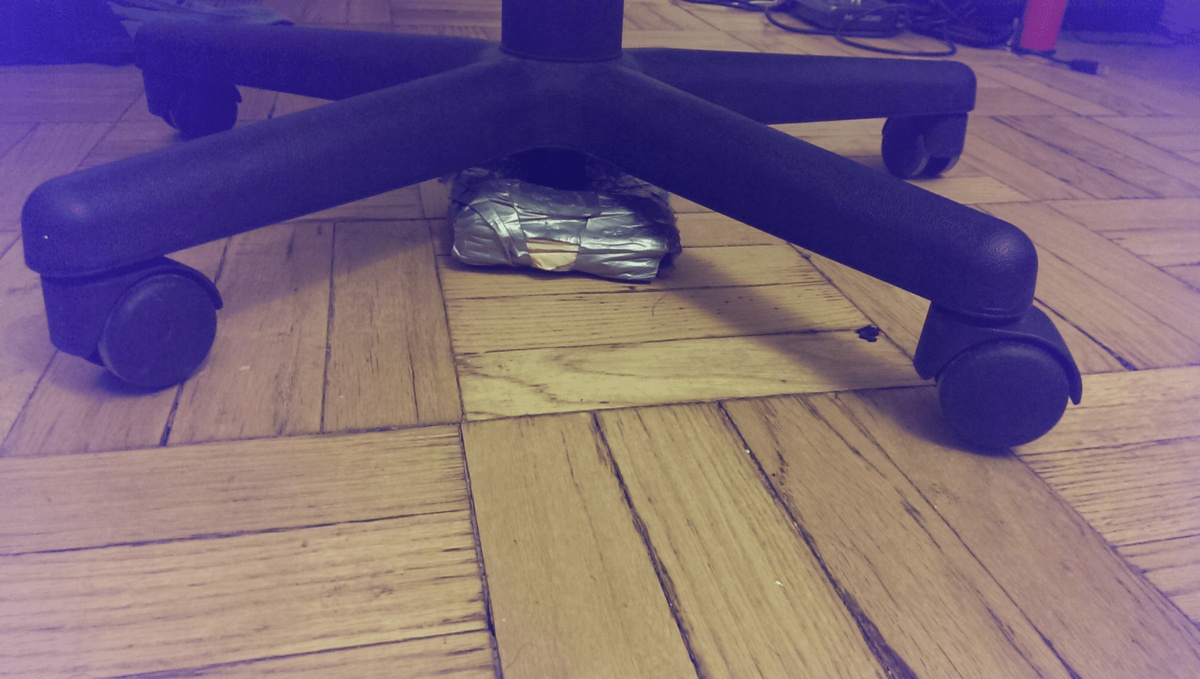

Office Furniture
How To Stop An Office Chair From Rotating
Modified: January 14, 2024
Learn effective techniques to prevent your office chair from rotating. Discover simple solutions to keep your office furniture in place. Ideal for office furniture and design enthusiasts.
(Many of the links in this article redirect to a specific reviewed product. Your purchase of these products through affiliate links helps to generate commission for Storables.com, at no extra cost. Learn more)
Introduction
Are you tired of your office chair constantly spinning and swiveling, making it difficult to stay in one position? Dealing with a chair that won't stay put can be frustrating, especially when you're trying to focus on your work. Fortunately, there are several effective methods to prevent your office chair from rotating, allowing you to maintain stability and concentration throughout the day.
In this comprehensive guide, we will delve into the intricacies of office chair mechanisms and explore practical solutions to keep your chair stationary. Whether it's adjusting the tilt tension, utilizing a locking mechanism, or upgrading the casters, we've got you covered. By the end of this article, you'll have a wealth of knowledge to tackle the pesky issue of a perpetually rotating office chair.
Let's embark on this journey to reclaim control over your office chair and create a more comfortable and productive workspace. Whether you're a seasoned professional or a newcomer to the world of office furniture, these tips will equip you with the expertise to put an end to the incessant spinning of your chair. So, let's roll up our sleeves and discover how to stop an office chair from rotating once and for all.
Key Takeaways:
- Say goodbye to a spinning office chair by using a locking mechanism to keep it still, adjusting the tilt tension, and replacing worn-out casters for a stable and comfortable workspace.
- Prevent your office chair from rotating by using a non-slip chair mat to provide traction and stability, protecting your floor and ensuring a secure seating experience.
Read more: How To Stop A Squeaky Office Chair
Understanding the Mechanism
Before delving into the methods for preventing an office chair from rotating, it's crucial to understand the underlying mechanism that facilitates this movement. Most office chairs are equipped with a swivel feature, allowing users to rotate the chair effortlessly. This functionality is typically enabled by the presence of casters, which are the wheels attached to the base of the chair.
The swivel mechanism is often accompanied by a tilt function, which enables the chair to recline or lean back. While these features enhance flexibility and mobility, they can also contribute to the chair's propensity to rotate unexpectedly. The combined action of the swivel and tilt mechanisms can lead to an unstable and disorienting experience, particularly if the chair is positioned on a smooth or slippery surface.
Furthermore, the quality and condition of the casters play a significant role in the chair's ability to rotate. If the casters are worn out, damaged, or unsuitable for the flooring surface, they may exacerbate the issue by enabling excessive movement. Additionally, the tilt tension, which dictates the resistance experienced when reclining the chair, can impact its stability and tendency to rotate unintentionally.
By comprehending the interplay of these components, you can gain insight into the factors contributing to the chair's rotational behavior. Armed with this understanding, you'll be better equipped to implement targeted solutions that address the root causes of the problem. Whether it involves modifying the chair's components, adjusting its settings, or optimizing the surrounding environment, a nuanced understanding of the mechanism is pivotal in effectively curbing the chair's propensity to rotate.
Now that we've demystified the inner workings of office chair mechanisms, let's explore actionable strategies to put an end to the incessant rotation and restore stability to your workspace.
Using a Locking Mechanism
One of the most effective ways to prevent an office chair from rotating is by utilizing a locking mechanism, which is a feature present in many modern office chairs. This mechanism is designed to immobilize the swivel function, thereby keeping the chair stationary and preventing unwanted rotation.
To engage the locking mechanism, locate the lever or knob typically positioned beneath the seat of the chair. By activating this control, you can secure the chair in a fixed position, inhibiting any swiveling movement. When engaged, the locking mechanism provides stability and ensures that the chair remains steadfast, allowing you to focus on your tasks without the distraction of incessant rotation.
It's important to note that the specific design and operation of the locking mechanism may vary depending on the make and model of the chair. Some chairs feature a single lever that serves a dual purpose, enabling users to adjust the seat height and engage the locking function. In contrast, other chairs may have a dedicated knob or lever solely for activating the locking mechanism.
Before implementing the locking mechanism, familiarize yourself with the chair's user manual to understand the precise method for engaging and disengaging this feature. Additionally, take note of any specific instructions or considerations provided by the chair manufacturer to ensure optimal usage and performance of the locking mechanism.
By leveraging the locking mechanism, you can exert control over the chair's mobility and eliminate the frustration of dealing with a constantly rotating seat. This simple yet effective solution empowers you to customize the chair to suit your preferences, whether you prefer a stationary position for focused work or the freedom to swivel when necessary.
As we continue our exploration of strategies to prevent an office chair from rotating, we'll uncover additional techniques and adjustments that cater to diverse preferences and requirements. From fine-tuning the tilt tension to upgrading the casters, you'll discover a myriad of solutions to transform your office chair into a stable and reliable companion in your daily endeavors.
Adjusting the Tilt Tension
Another effective method for curbing the rotation of an office chair involves adjusting the tilt tension, a feature that governs the resistance experienced when reclining the chair. By customizing the tilt tension to suit your preferences, you can enhance the chair’s stability and mitigate its tendency to swivel unexpectedly.
Typically, the tilt tension can be modified using a knob or lever located beneath the seat of the chair. This adjustment mechanism allows you to increase or decrease the amount of force required to recline the chair, thereby influencing its propensity to rotate. If the tilt tension is set too low, the chair may recline too easily, potentially leading to unintended swiveling. Conversely, an excessively high tilt tension can make it challenging to recline the chair comfortably.
To fine-tune the tilt tension, start by sitting in the chair and assessing the current resistance experienced when leaning back. If the chair reclines too readily, locate the tilt tension control and gradually increase the resistance until you achieve a suitable balance between comfort and stability. Conversely, if the chair feels rigid and unyielding when reclining, adjust the tilt tension in the opposite direction to reduce the resistance to a more accommodating level.
By optimizing the tilt tension to align with your individual preferences, you can minimize the likelihood of the chair rotating unintentionally, creating a more secure and predictable seating experience. This tailored adjustment empowers you to personalize the chair’s behavior, ensuring that it complements your work style and enhances your overall comfort and productivity.
It’s important to note that the process of adjusting the tilt tension may vary depending on the specific design and configuration of the chair. Refer to the manufacturer’s guidelines and user manual for detailed instructions on modifying the tilt tension, taking into account any unique considerations or recommendations provided for your particular chair model.
As we continue our journey to conquer the challenge of a perpetually rotating office chair, we’ll explore additional strategies and insights to empower you with the knowledge and skills to transform your chair into a steadfast and reliable companion in your workspace.
To stop an office chair from rotating, you can use a chair stopper or a rubber caster wheel. These can be easily installed on the chair base to prevent it from spinning.
Replacing the Casters
The casters, or wheels, of an office chair play a pivotal role in its mobility and stability. If the casters are worn out, damaged, or unsuitable for the flooring surface, they can contribute to the chair’s tendency to rotate unexpectedly. By replacing the casters with high-quality, appropriate alternatives, you can significantly mitigate this issue and enhance the chair’s overall performance.
When selecting replacement casters, consider the specific requirements of your workspace, including the type of flooring and the desired level of mobility. For instance, if your office features carpeted floors, opt for casters designed specifically for carpet use, as they are equipped to navigate this surface with ease and stability. Similarly, hard floor surfaces such as wood or tile necessitate casters that provide smooth and controlled movement without causing damage to the flooring.
Before embarking on the replacement process, carefully examine the existing casters to determine their specifications and compatibility. Note the type of stem or mounting mechanism used to attach the casters to the chair, as this will guide your selection of suitable replacements. Additionally, assess the condition of the current casters, checking for signs of wear, damage, or malfunction that may be contributing to the chair’s rotational behavior.
Once you have identified the appropriate replacement casters, proceed to remove the existing ones by firmly grasping the base of each caster and applying upward pressure to detach it from the chair. Depending on the specific design of the chair, you may need to use a tool, such as pliers or a screwdriver, to facilitate the removal process. After removing the old casters, simply insert the stems of the new casters into the designated mounting points on the chair, ensuring a secure and snug fit.
By replacing the casters with high-quality, floor-appropriate alternatives, you can effectively minimize the chair’s propensity to rotate and optimize its maneuverability within your workspace. This simple yet impactful upgrade not only enhances the chair’s stability but also contributes to a smoother and more controlled movement, allowing you to navigate your environment with confidence and ease.
As we continue our exploration of strategies to prevent an office chair from rotating, we’ll delve into additional techniques and considerations to empower you with the knowledge and resources to transform your chair into a steadfast and reliable companion in your daily pursuits.
Using a Non-Slip Chair Mat
Introducing a non-slip chair mat to your workspace can serve as an effective solution to prevent an office chair from rotating and sliding on smooth or slippery surfaces. These specialized mats are designed to provide traction and stability, creating a secure foundation for your chair and minimizing the risk of unintended movement.
Non-slip chair mats are available in a variety of materials, with common options including PVC, polycarbonate, and rubber. When selecting a chair mat, consider the specific flooring surface in your workspace, such as hardwood, tile, or carpet, to ensure compatibility and optimal performance. Additionally, assess the dimensions of your workspace to choose a mat that provides ample coverage and accommodates the range of movement required for your chair.
By placing the non-slip chair mat beneath your office chair, you create a stable and secure platform that mitigates the chair’s tendency to rotate and slide. The textured surface of the mat enhances grip and minimizes slippage, allowing you to maintain control and stability as you move and reposition the chair throughout your workday.
Moreover, non-slip chair mats offer the added benefit of protecting the underlying flooring from damage caused by the chair’s casters. By serving as a barrier between the chair and the floor, the mat helps prevent scratches, scuffs, and indentations, preserving the integrity and appearance of the surface beneath. This dual functionality not only enhances the chair’s stability but also contributes to the longevity and maintenance of your workspace flooring.
When incorporating a non-slip chair mat into your workspace, ensure that it is positioned securely and remains flat and free of wrinkles or creases. This optimal placement maximizes the effectiveness of the mat in preventing the chair from rotating and sliding, providing a reliable and controlled seating experience.
As we continue our journey to conquer the challenge of a perpetually rotating office chair, we’ll explore additional strategies and insights to empower you with the knowledge and skills to transform your chair into a steadfast and reliable companion in your workspace.
Conclusion
As we conclude our exploration of strategies to prevent an office chair from rotating, we have uncovered a diverse array of effective methods to curb this common issue and enhance the stability of your workspace. By understanding the underlying mechanisms, leveraging locking features, adjusting tilt tension, replacing casters, and utilizing non-slip chair mats, you can reclaim control over your office chair and create a more secure and productive environment.
It’s essential to recognize that each of these methods offers unique advantages and considerations, catering to diverse preferences, workplace dynamics, and chair configurations. Whether you prioritize customization, durability, or floor protection, there is a solution tailored to your specific needs.
Furthermore, the implementation of these strategies not only addresses the immediate challenge of a rotating chair but also contributes to a more ergonomic and conducive work setting. By optimizing the performance and stability of your office chair, you can enhance your comfort, focus, and overall well-being as you navigate your daily tasks and responsibilities.
As you embark on the journey to transform your office chair into a steadfast and reliable companion, remember that the key to success lies in understanding the nuances of the chair’s mechanisms and tailoring solutions to align with your unique requirements. Whether you opt for a locking mechanism to immobilize the swivel function, fine-tune the tilt tension for personalized comfort, or introduce a non-slip chair mat for enhanced stability, each step brings you closer to a more secure and controlled seating experience.
Armed with this comprehensive guide and a wealth of practical insights, you are well-equipped to address the challenge of a rotating office chair with confidence and expertise. By implementing these strategies, you can bid farewell to the frustration of incessant rotation and usher in a new era of stability and productivity in your workspace.
As you apply these methods and witness the transformation of your office chair, may you find renewed comfort, control, and inspiration in your daily endeavors. Here’s to a workspace where stability reigns supreme, and the chair remains steadfast, supporting you through every task and triumph.
Frequently Asked Questions about How To Stop An Office Chair From Rotating
Was this page helpful?
At Storables.com, we guarantee accurate and reliable information. Our content, validated by Expert Board Contributors, is crafted following stringent Editorial Policies. We're committed to providing you with well-researched, expert-backed insights for all your informational needs.

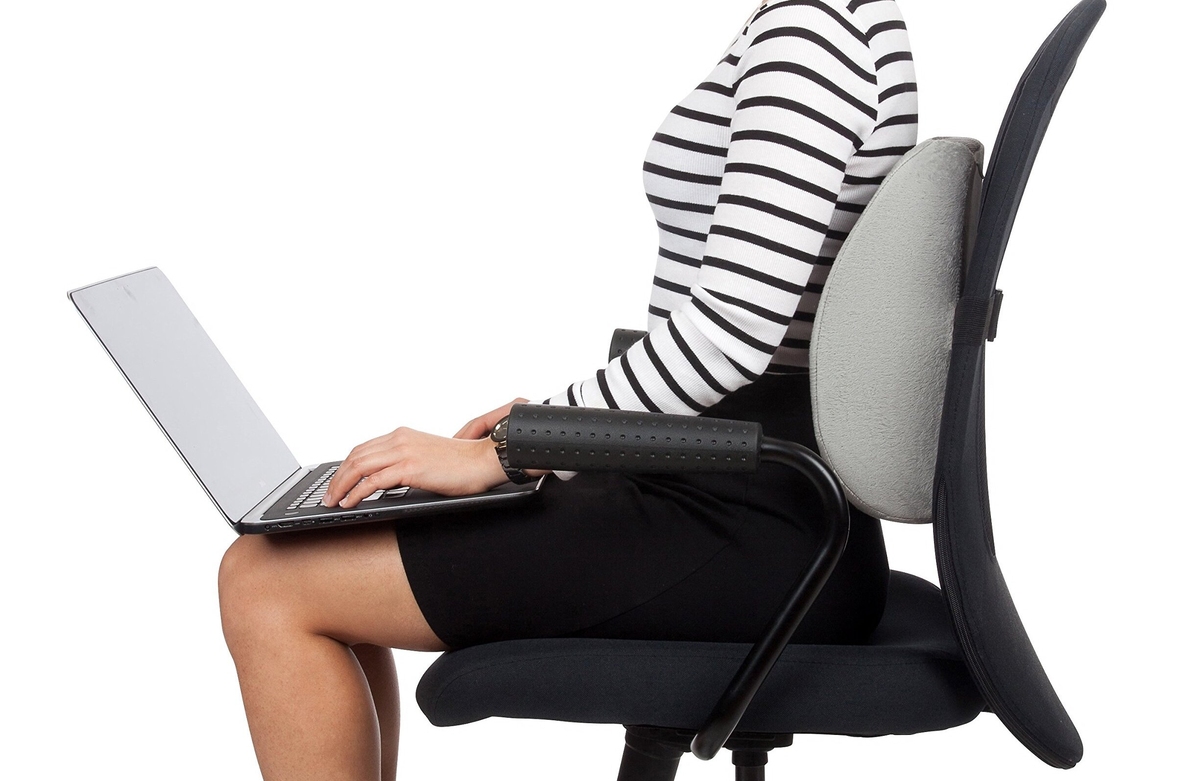
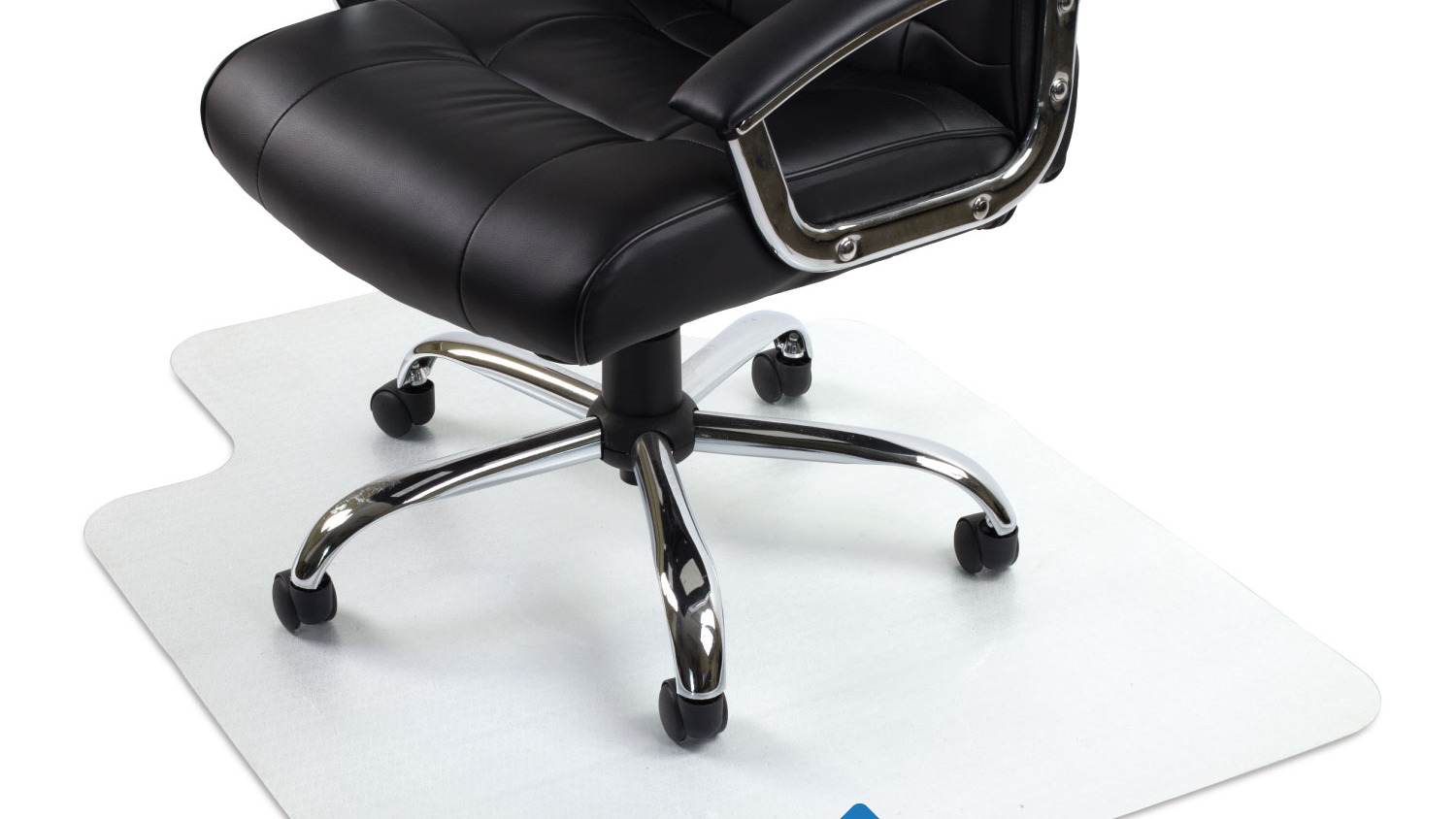
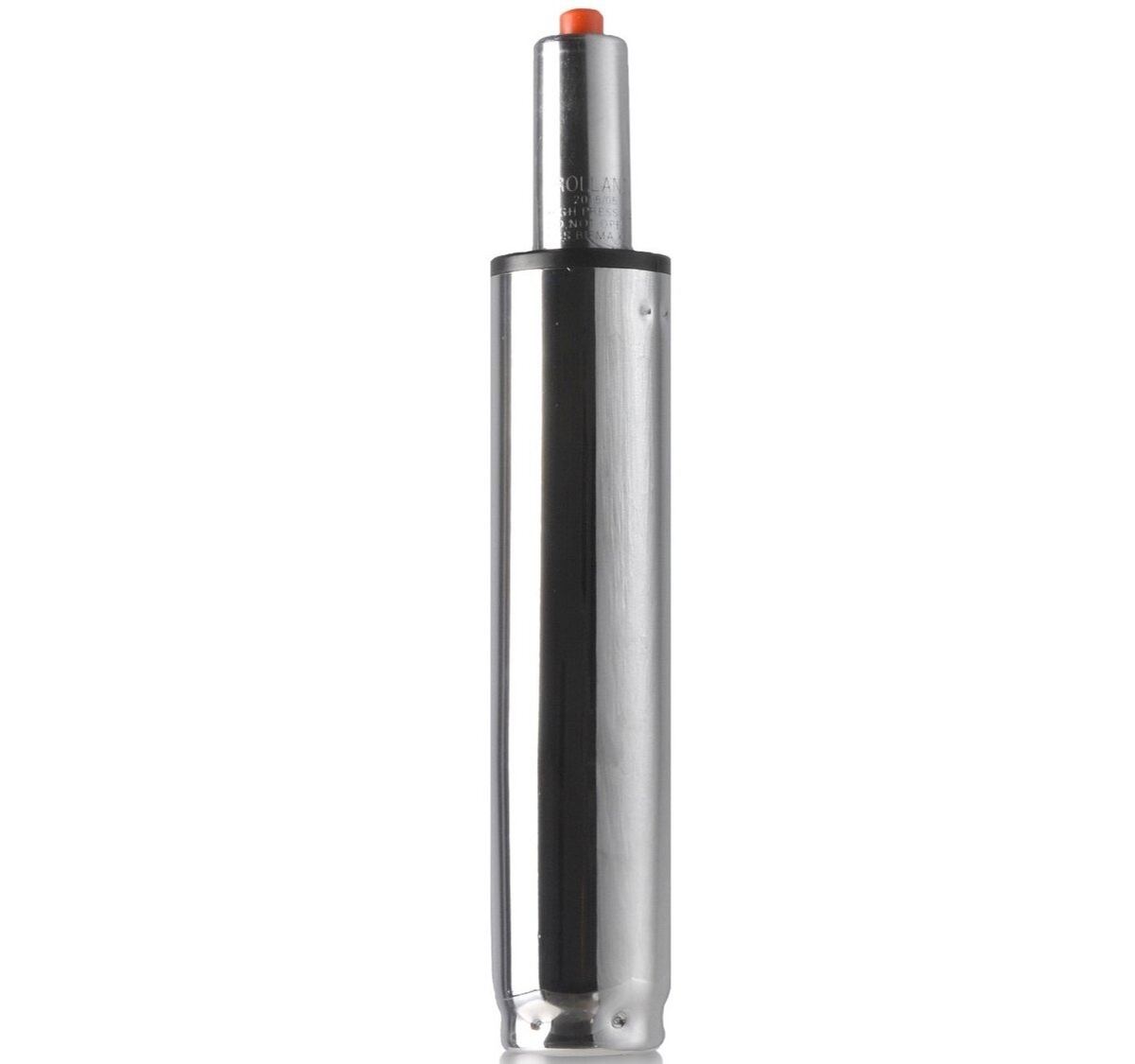
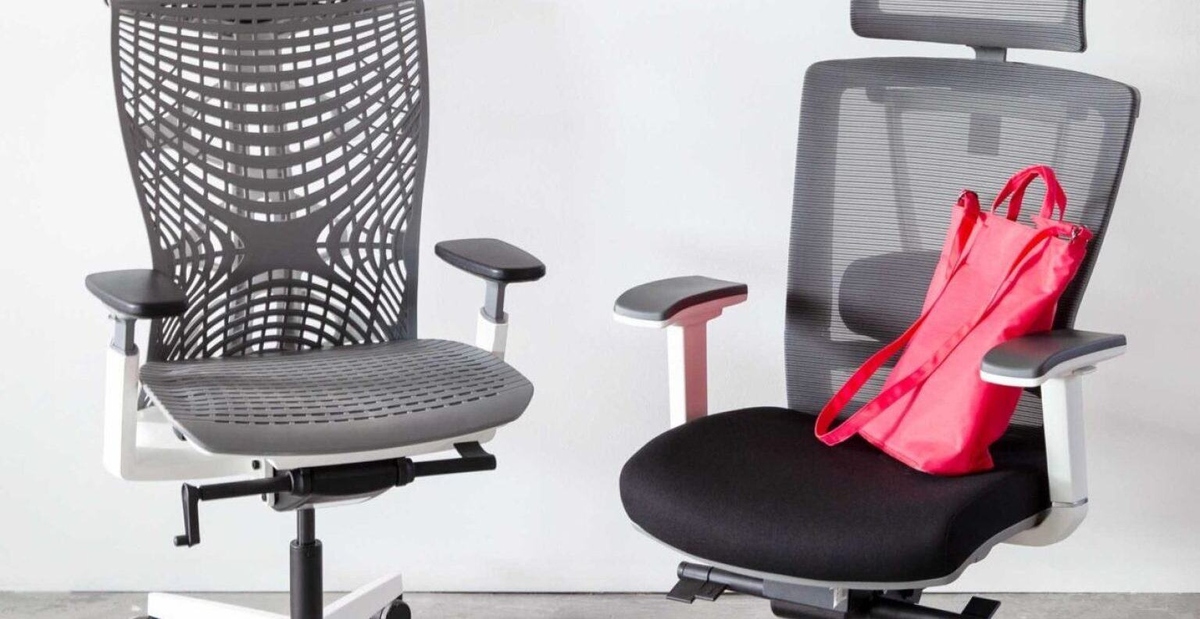
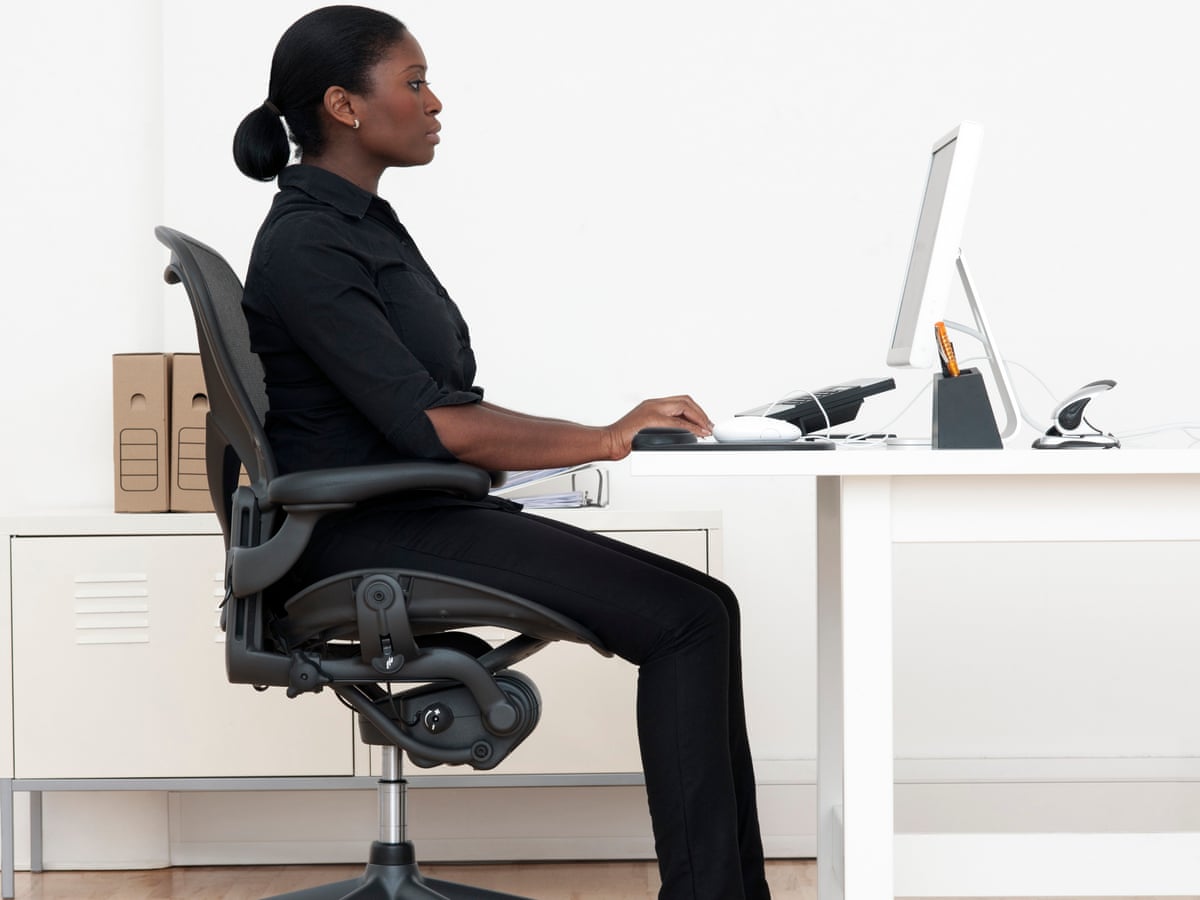
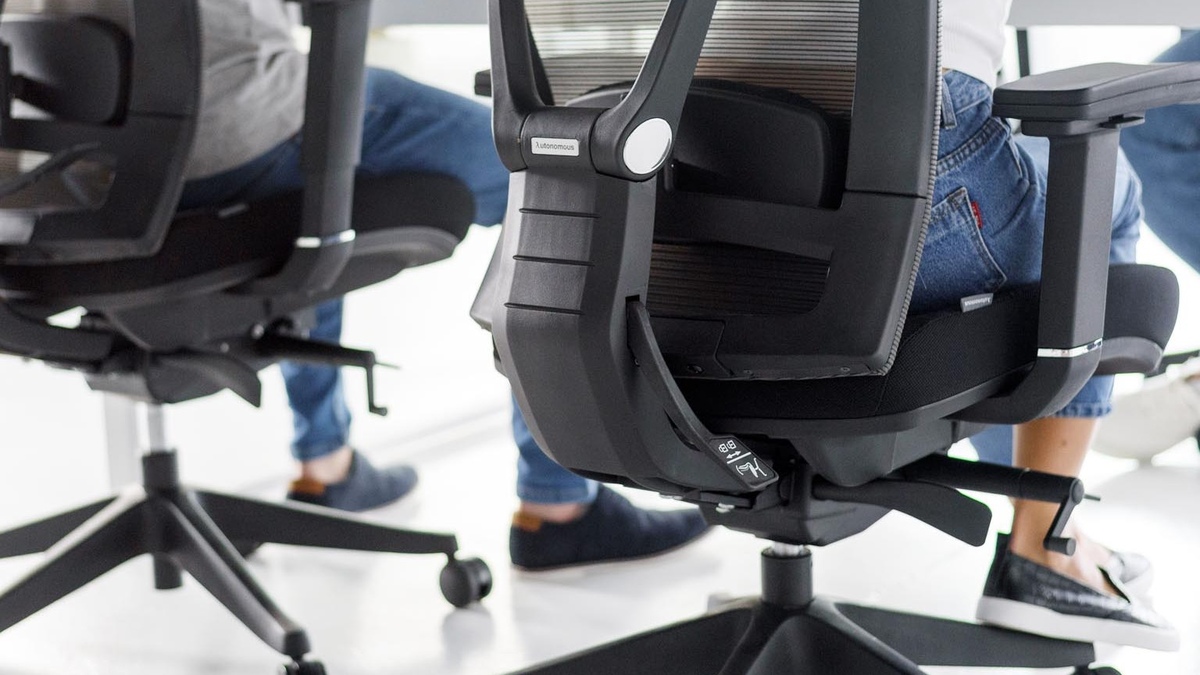
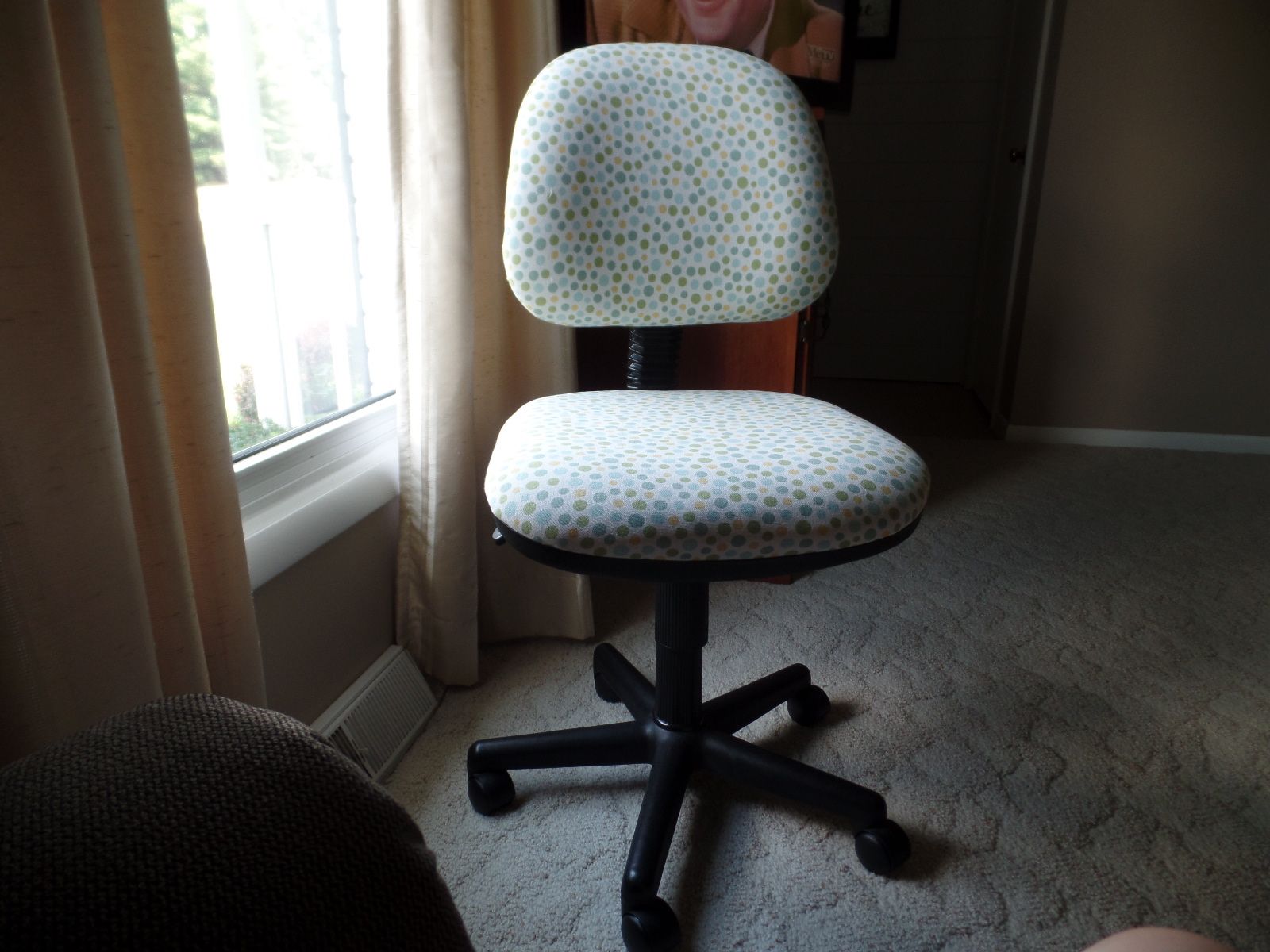
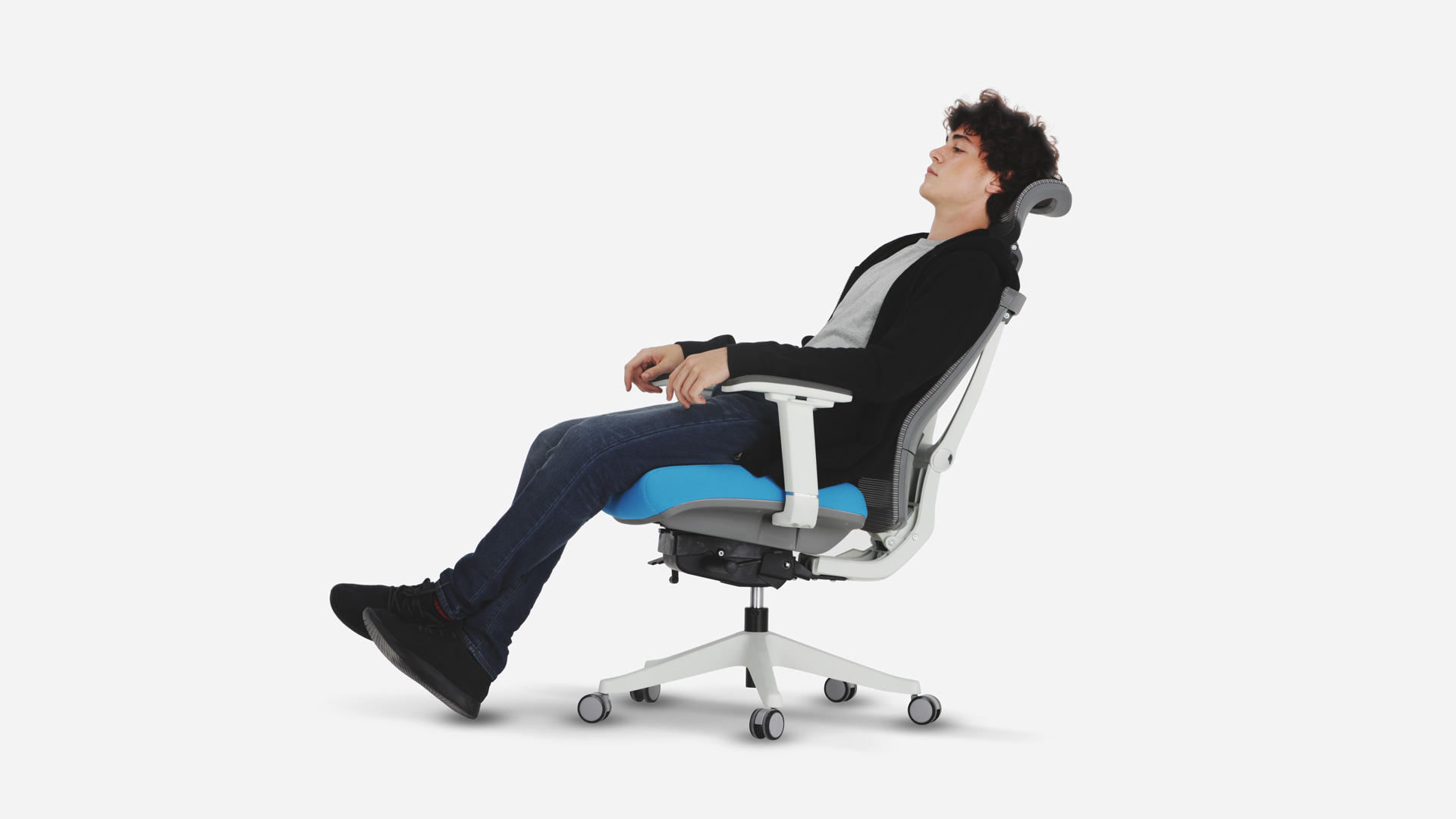
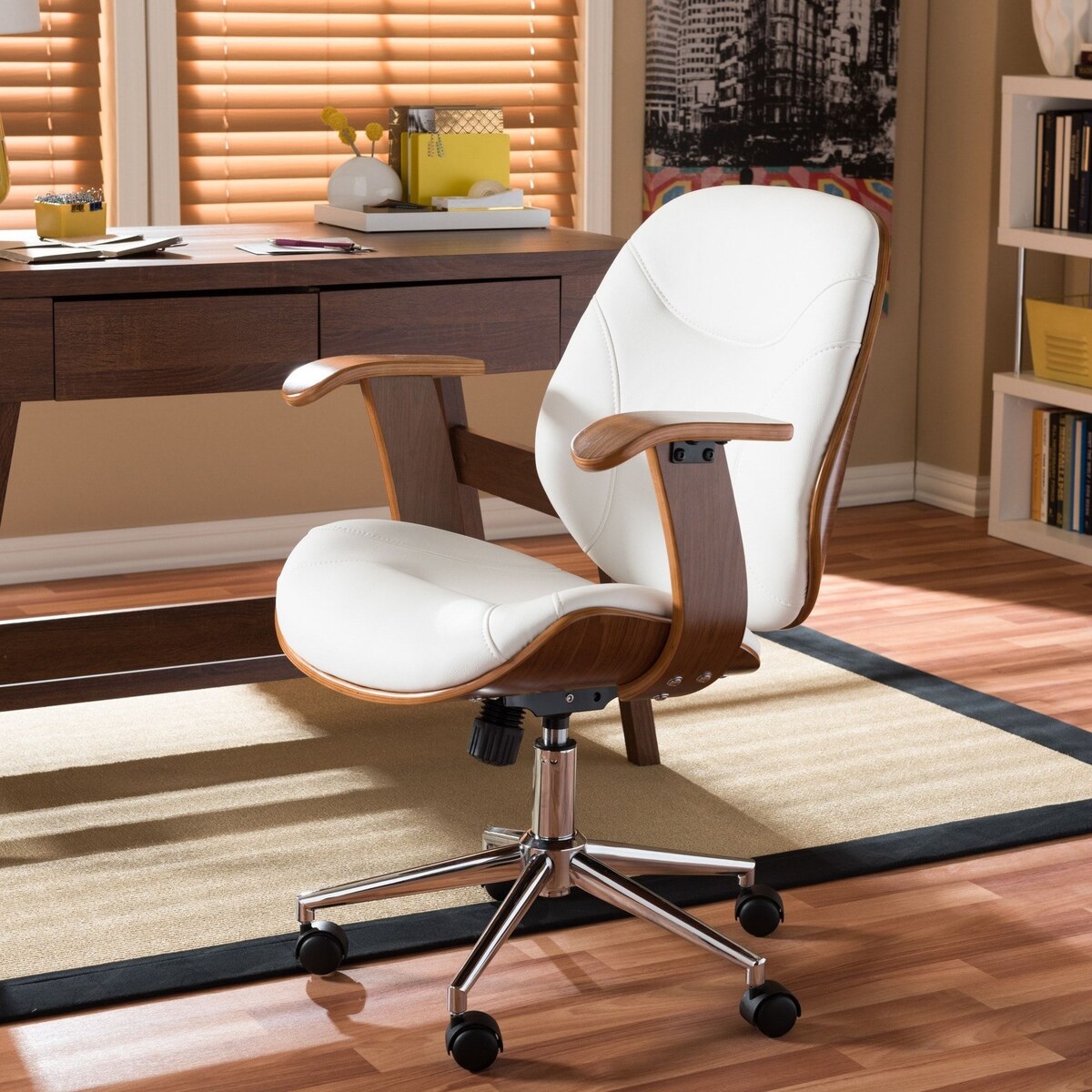
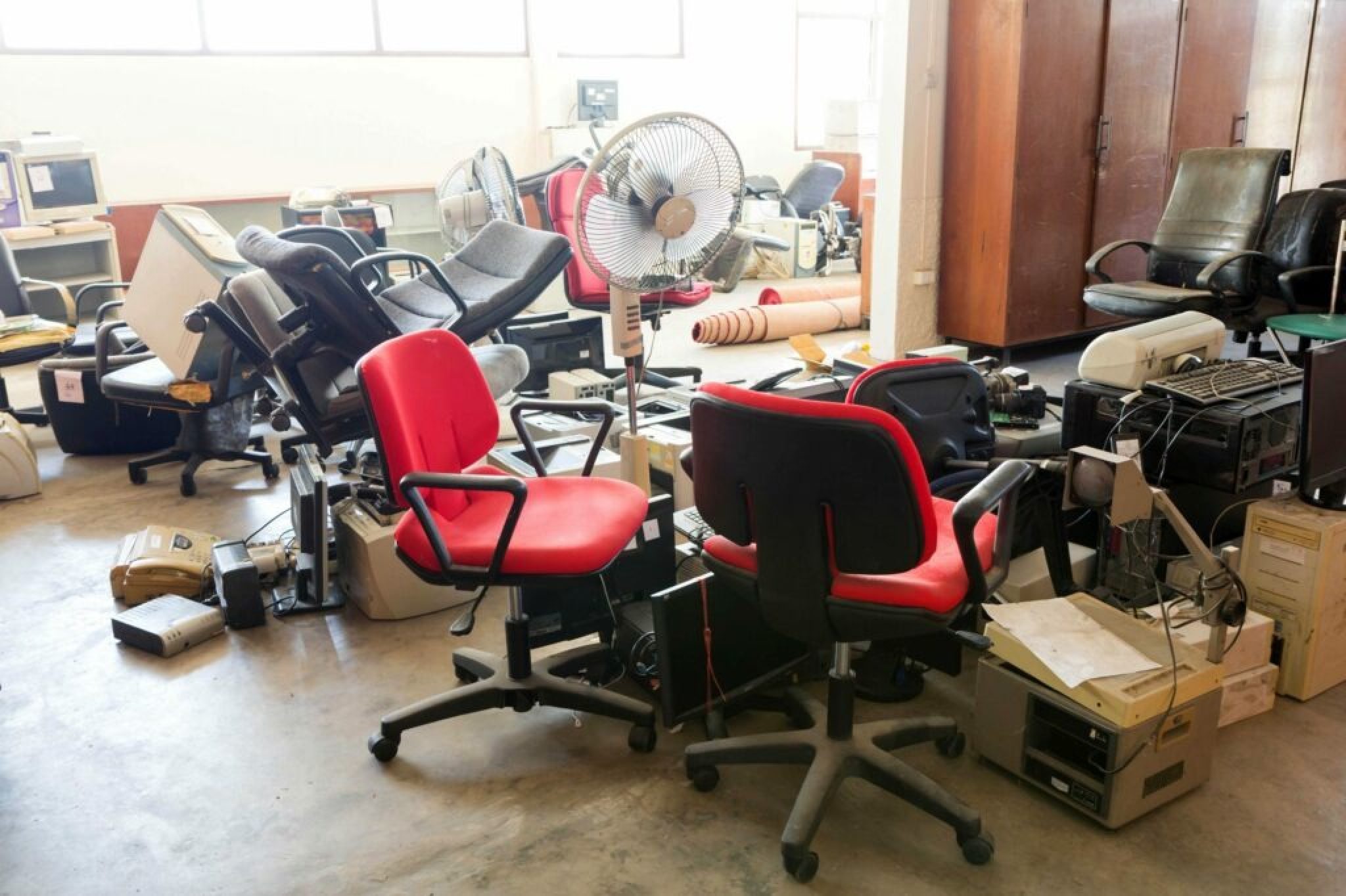
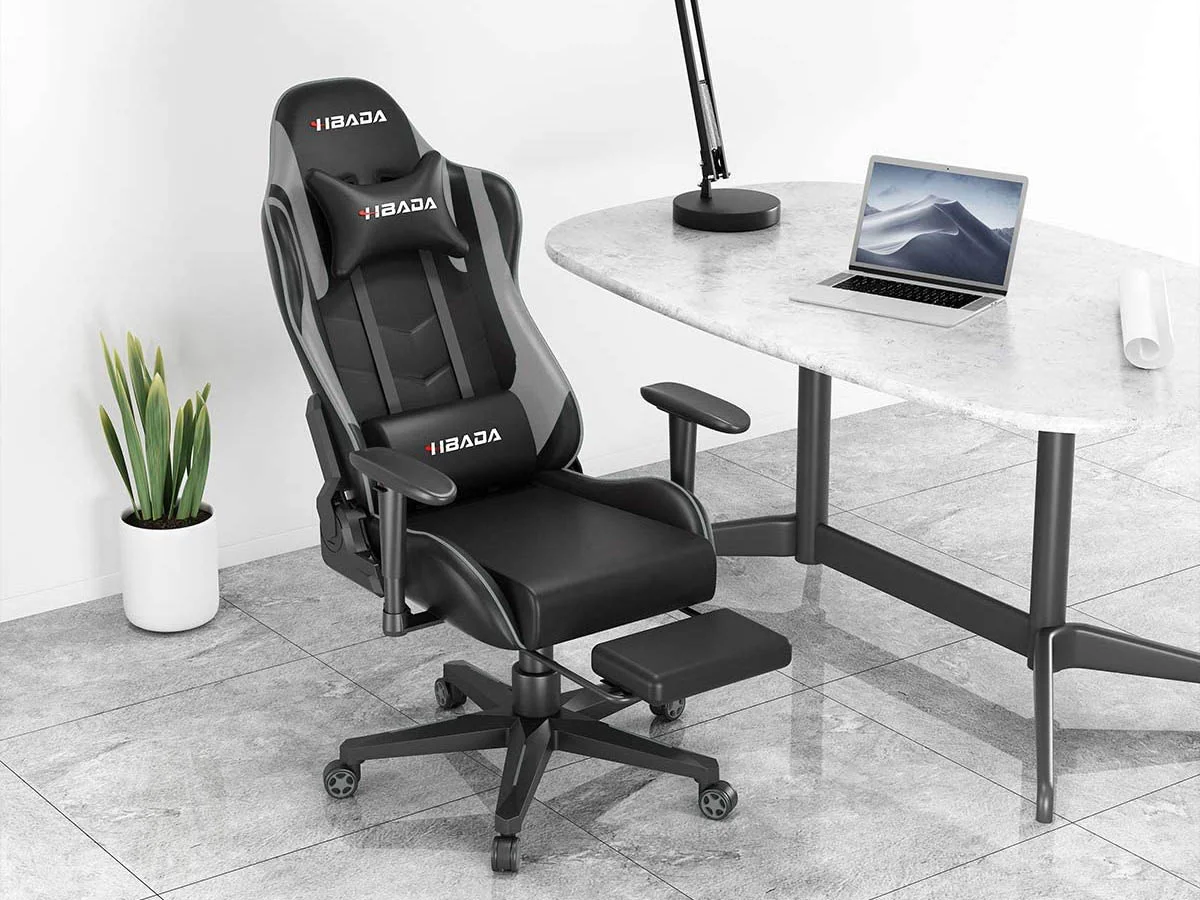

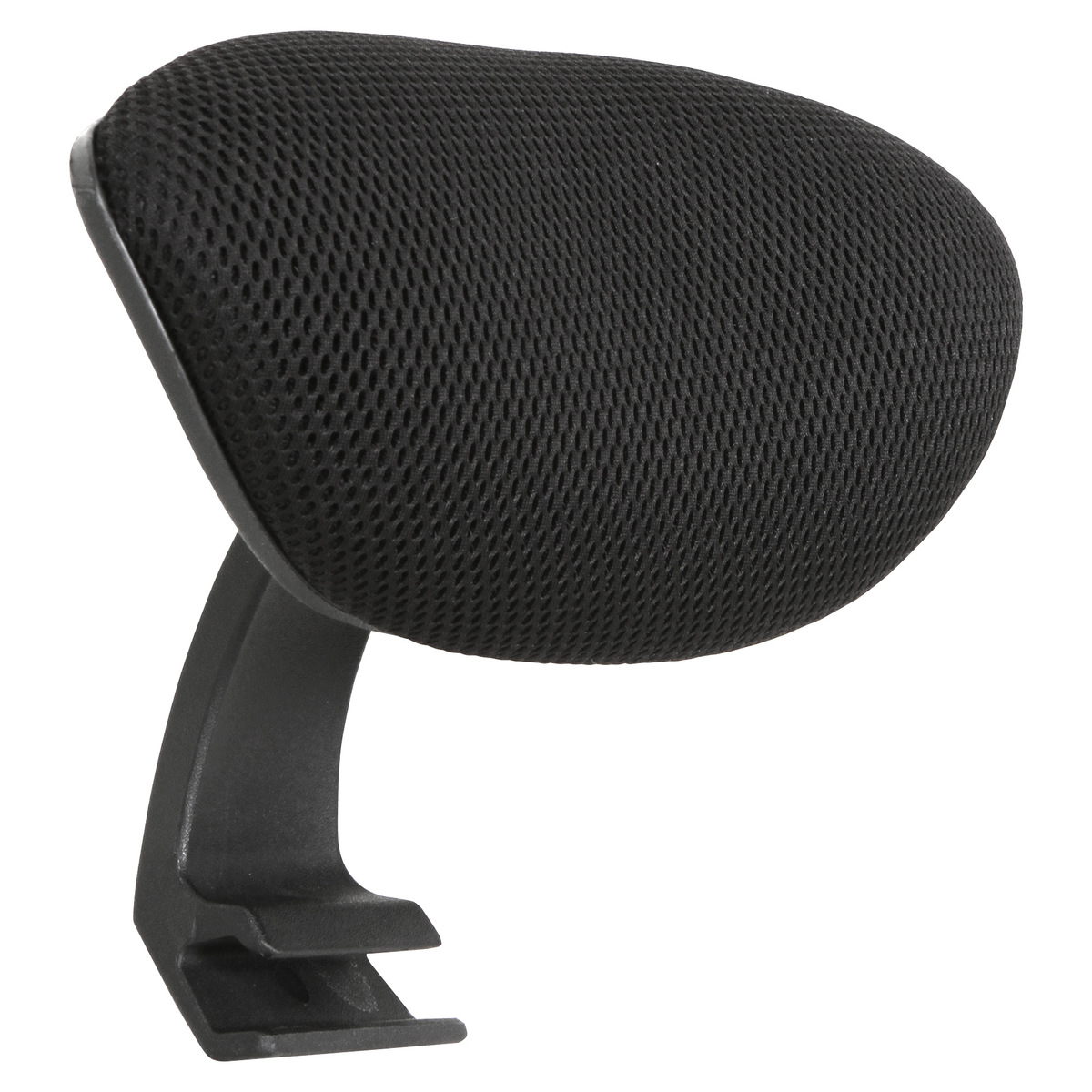

0 thoughts on “How To Stop An Office Chair From Rotating”